2024年4月17日发(作者:)
汽车隔热板工艺流程
英文回答:
Automotive sound insulation panels, also known as
automotive heat shields, play a crucial role in reducing
noise and heat transmission in vehicles. The process of
manufacturing these panels involves several steps, which
can vary depending on the specific requirements and
materials used. Here is a general outline of the typical
manufacturing process for automotive heat shields:
1. Material Selection: The first step in the process is
to select the appropriate materials for the heat shield.
Common materials used include aluminum, stainless steel,
and various composites. The choice of material depends on
factors such as cost, weight, and performance requirements.
2. Cutting and Shaping: Once the materials are selected,
they are cut into the desired shape and size using
specialized cutting equipment such as laser cutters or
water jets. The panels may be cut into specific patterns or
designs to optimize their performance.
3. Surface Treatment: The cut panels are then subjected
to surface treatment processes to enhance their durability
and corrosion resistance. This may involve processes such
as anodizing, powder coating, or applying protective
coatings.
4. Insulation Material Application: In order to provide
effective sound and heat insulation, insulation materials
are applied to the panels. These materials can include
various types of foams, fibers, or composite layers. The
insulation materials are typically bonded to the panels
using adhesives or heat bonding techniques.
5. Assembly and Integration: Once the insulation
materials are applied, the heat shield panels are assembled
and integrated into the vehicle's structure. This may
involve attaching the panels to specific areas of the
vehicle, such as the engine compartment, underbody, or
interior walls.
6. Quality Control: Throughout the manufacturing
process, quality control measures are implemented to ensure
that the heat shields meet the required specifications and
performance standards. This may involve inspections,
testing, and verification of key parameters such as
insulation effectiveness, weight, and structural integrity.
7. Final Finishing: After the heat shields are
assembled and integrated, any necessary finishing touches
are applied. This may include surface polishing, painting,
or labeling to meet aesthetic requirements or branding
guidelines.
中文回答:
汽车隔热板,也被称为汽车隔音板,对于减少车辆中的噪音和
热传递起着至关重要的作用。制造这些隔热板的过程涉及多个步骤,
具体的工艺流程可能因具体要求和所使用的材料而有所不同。以下
是汽车隔热板的典型制造工艺的一般概述:
1. 材料选择,工艺流程的第一步是选择适当的隔热板材料。常
用的材料包括铝、不锈钢和各种复合材料。材料的选择取决于成本、
重量和性能要求等因素。
2. 切割和成型,一旦材料被选定,就会使用专用的切割设备
(如激光切割机或水刀)将其切割成所需的形状和尺寸。隔热板可
以被切割成特定的图案或设计,以优化其性能。
3. 表面处理,切割好的板材随后经过表面处理工艺,以增强其
耐用性和耐腐蚀性。这可能涉及到阳极氧化、粉末涂层或涂覆保护
性涂层等工艺。
4. 隔热材料应用,为了提供有效的隔音和隔热效果,隔热材料
被应用到隔热板上。这些材料可以包括各种类型的泡沫、纤维或复
合层。隔热材料通常使用粘合剂或热粘合技术与隔热板结合。
5. 组装和集成,隔热材料应用后,隔热板被组装和集成到车辆
的结构中。这可能涉及将隔热板安装到车辆的特定区域,如发动机
舱、底盘或内部墙壁。
6. 质量控制,在整个制造过程中,实施质量控制措施,以确保
隔热板符合所需的规格和性能标准。这可能涉及到检查、测试和验
证关键参数,如隔热效果、重量和结构完整性。
7. 最终整理,隔热板组装和集成完成后,会进行必要的整理工
作。这可能包括表面抛光、喷涂或标签贴附,以满足审美要求或品
牌指南。
更多推荐
隔热板,可能,材料






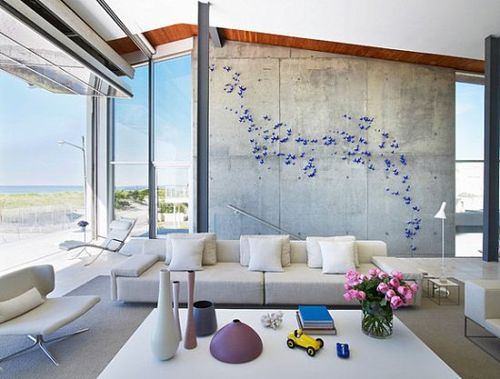
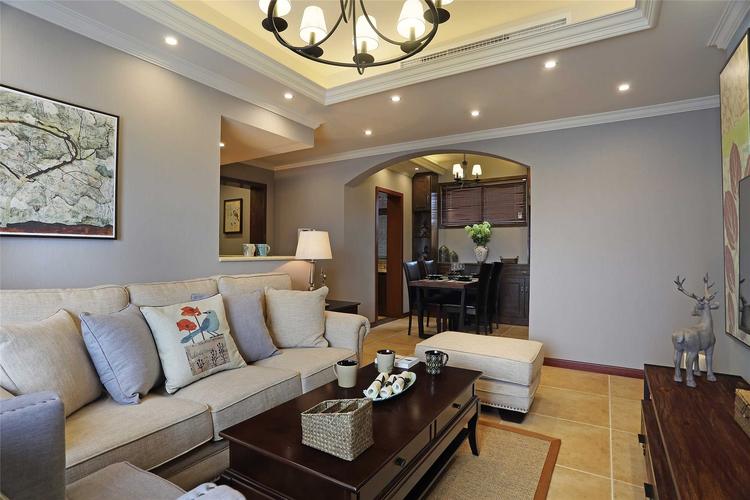
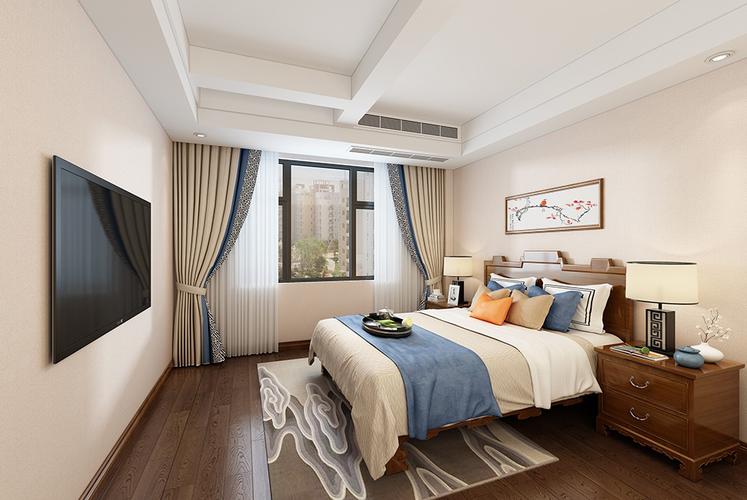


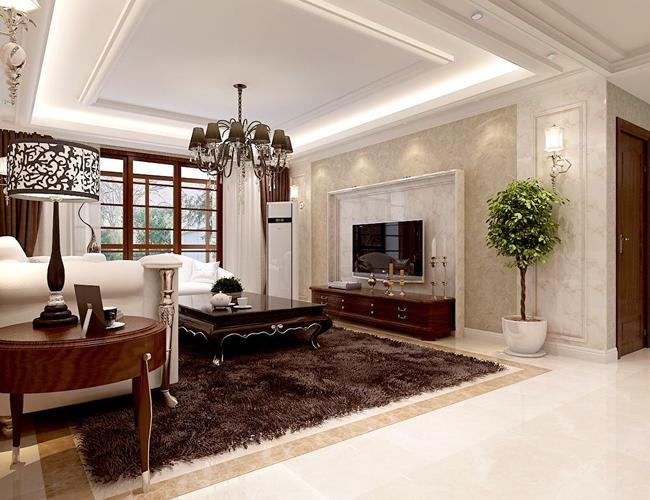

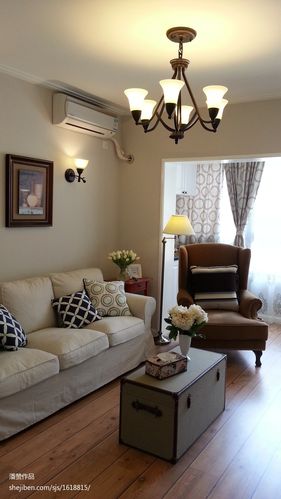
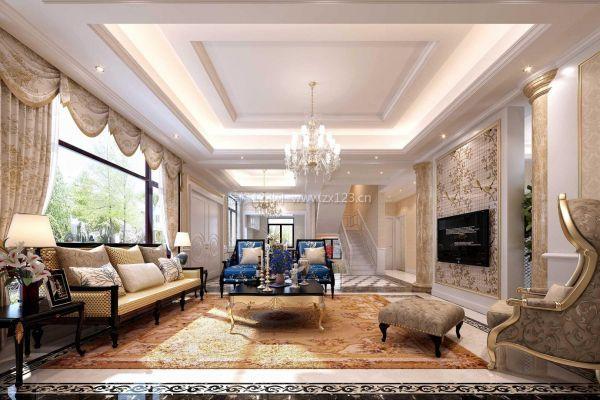
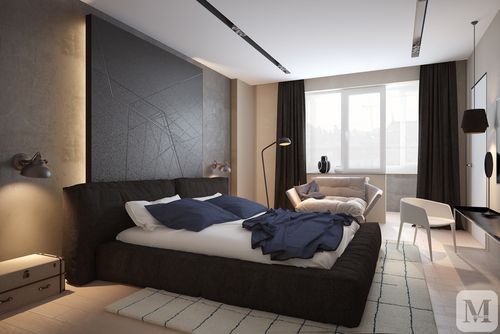
发布评论